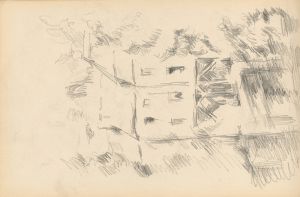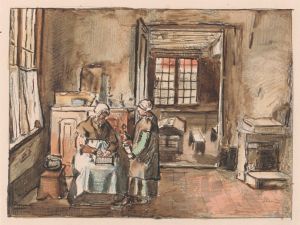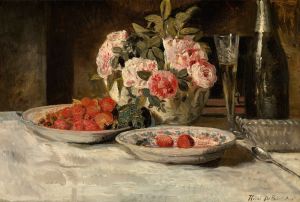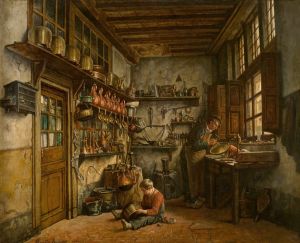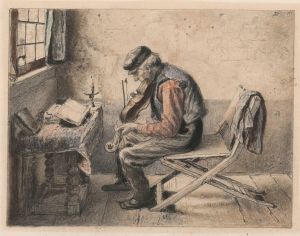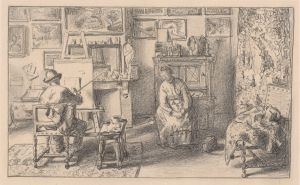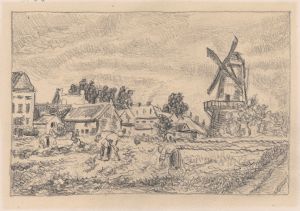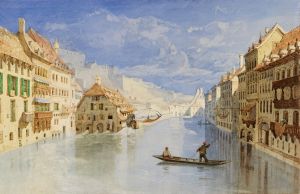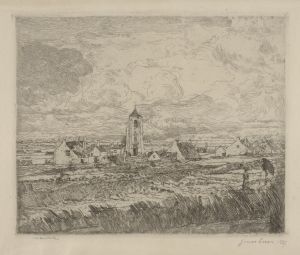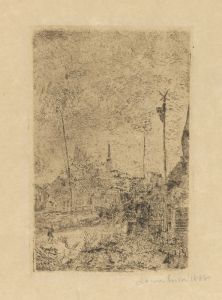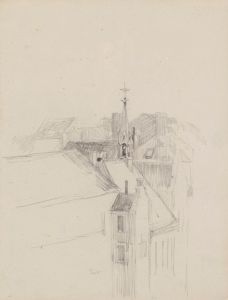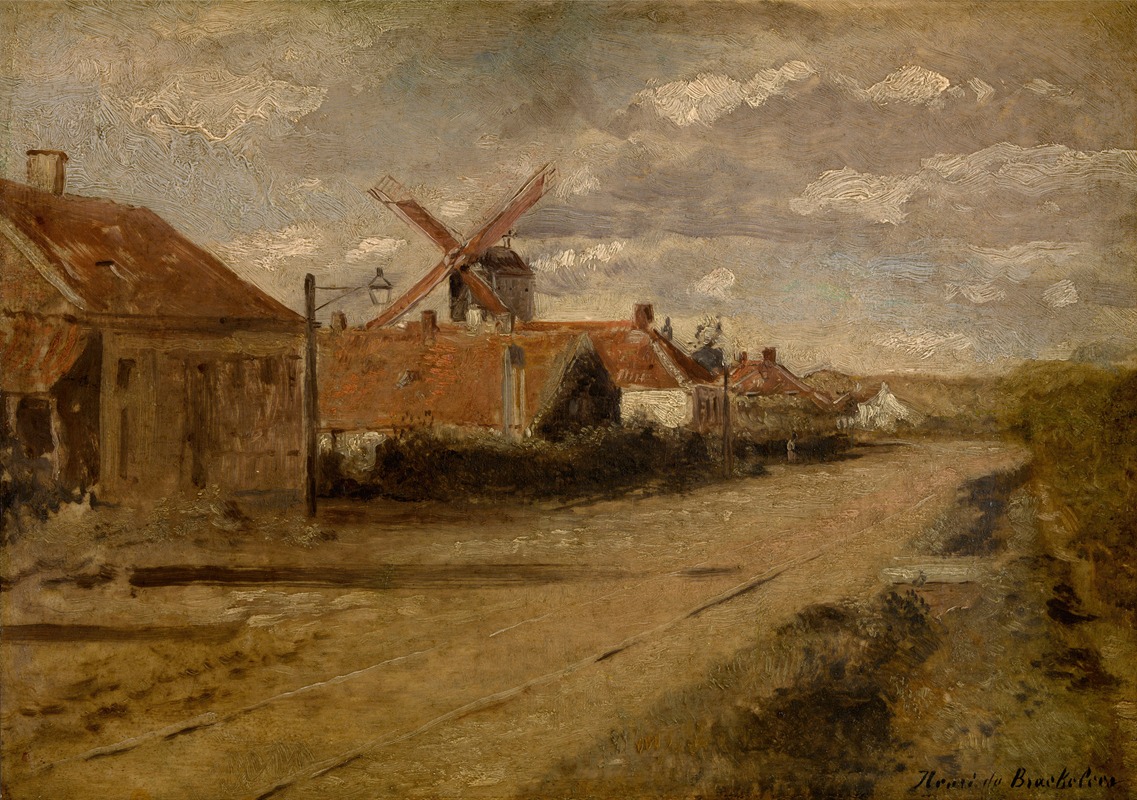
The Mill at Kiel
A hand-painted replica of Henri de Braekeleer’s masterpiece The Mill at Kiel, meticulously crafted by professional artists to capture the true essence of the original. Each piece is created with museum-quality canvas and rare mineral pigments, carefully painted by experienced artists with delicate brushstrokes and rich, layered colors to perfectly recreate the texture of the original artwork. Unlike machine-printed reproductions, this hand-painted version brings the painting to life, infused with the artist’s emotions and skill in every stroke. Whether for personal collection or home decoration, it instantly elevates the artistic atmosphere of any space.
Henri de Braekeleer (1840-1888) was a Belgian painter known for his detailed and atmospheric interior scenes. One of his notable works is "The Mill at Kiel," which exemplifies his meticulous attention to detail and his ability to capture the essence of everyday life.
"The Mill at Kiel" is an oil painting that depicts an interior scene of a mill located in Kiel, a district in Antwerp, Belgium. The painting is characterized by its realistic portrayal of the mill's interior, showcasing Braekeleer's skill in rendering textures and light. The composition is carefully structured, with a focus on the interplay of light and shadow, which adds depth and a sense of tranquility to the scene.
In the painting, Braekeleer captures the quiet, industrious atmosphere of the mill. The interior is filled with various objects related to the mill's operation, such as sacks of grain, wooden beams, and milling equipment. The artist's attention to detail is evident in the way he meticulously paints each element, from the rough texture of the wooden beams to the soft folds of the sacks. The use of light is particularly striking, with sunlight filtering through the windows and casting gentle shadows across the room.
Braekeleer's technique involves a careful build-up of layers of paint, which gives the surface of the painting a rich, textured quality. His use of color is subtle and restrained, with a palette dominated by earthy tones that enhance the realism of the scene. The overall effect is one of quiet contemplation, inviting the viewer to step into the serene world of the mill.
Henri de Braekeleer was part of a family of artists; his father, Ferdinand de Braekeleer the Elder, was also a well-known painter. Henri studied at the Royal Academy of Fine Arts in Antwerp, where he developed his skills and was influenced by the works of the Dutch Golden Age painters, particularly Johannes Vermeer and Pieter de Hooch. This influence is evident in "The Mill at Kiel," with its focus on everyday life and the careful treatment of light and space.
Throughout his career, Braekeleer received recognition for his work, and his paintings were exhibited in various salons and galleries. Despite facing personal challenges, including periods of mental illness, he continued to produce art that captured the quiet beauty of domestic and industrial interiors.
"The Mill at Kiel" is a testament to Braekeleer's ability to find beauty in the mundane and to elevate everyday scenes to the level of fine art. The painting remains an important example of 19th-century Belgian art and is appreciated for its technical excellence and its evocative portrayal of a moment in time.
Henri de Braekeleer's work, including "The Mill at Kiel," continues to be studied and admired for its contribution to the genre of interior painting and its reflection of the artist's keen observational skills and deep appreciation for the subtleties of light and texture.





